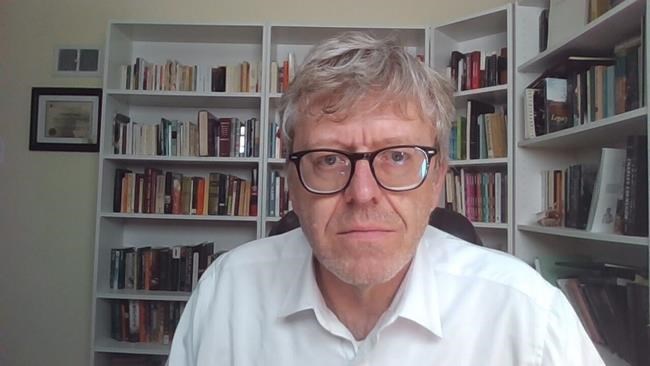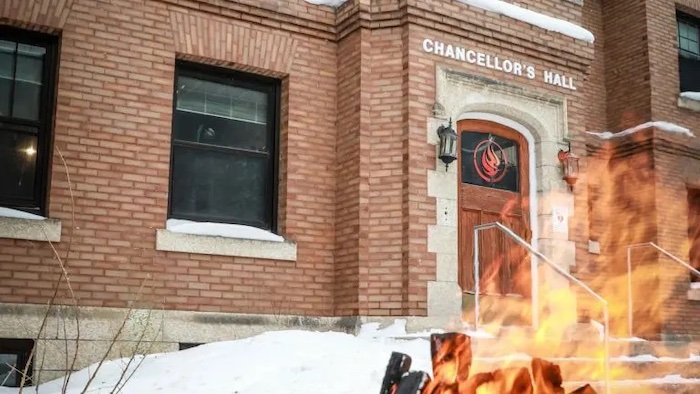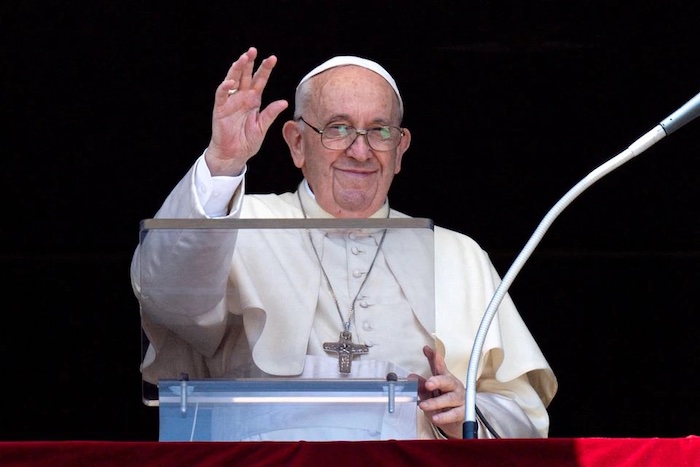
by Lance Vaughn
Canada has asked France to extradite Joannes Rivoire, a priest accused of committing various sexual crimes against minors in Nunavut, an area in northern Canada populated almost exclusively by Inuit. The case of this priest has been public for some time and also known to high ecclesiastical hierarchies, but he has come back to talk about it because the extradition was requested during the recent visit to Canada by Pope Francis, who apologized on behalf of the Catholic Church. for the oppression, violence and abuses committed by the clergy between the nineteenth and twentieth centuries against indigenous peoples.
Beyond the formal apology, for decades the representatives of indigenous peoples have been demanding that the case of Rivoire be addressed: it has become, for them and for Canada, the symbol of the impunity of sexual assaults against children committed by members of the Church .
On Thursday 4 August, the Canadian Minister of Justice, David Lametti, confirmed the news of Rivoire’s extradition request, also saying that “collaboration and cooperation are essential to address the shameful legacy of residential schools”, that is, the boarding schools for indigenous people established by Canadian government and managed largely by the Catholic Church in which, within a system of forced assimilation, children suffered numerous physical and psychological violence, often living in conditions on the verge of survival. “It is important for Canada and its international partners that serious crimes are investigated and prosecuted,” Lametti said.
The French Foreign Ministry in turn confirmed that it had received the extradition request and made it known that it is currently “being processed by the Ministry of Justice”. Rivoire has dual nationality, but his extradition from France, a source close to the case explained to Agence France-Presse, could represent “a problem” because it is “very complicated” to extradite French citizens.
Today Joannes Rivoire is 91 years old. He lived in Canada from the early 1960s until 1993, when he returned to live in France, near Lyon, in a residence for priests of the Oblates of Mary Immaculate missionaries, a male religious institute of pontifical right. His sudden departure from Canada actually coincided with the filing of two lawsuits against him for sexual assault and obscene acts. The facts were committed between 1968 and 1970, on those who at the time were Inuit children. The police, on that occasion, did not even manage to question the priest, who had already escaped.
Last March, two journalists from Le Monde, Marie-Béatrice Baudet and Hélène Jouan, published an investigation into Rivoire and managed to meet and talk to him. In their article they told how one of the two abused people who had reported Rivoire in 1993 was called Marius Tungilik: he had died in 2012 at the age of 55 “from alcohol abuse”. According to his testimony, the priest had sexually assaulted him in 1970, in Naujaat, in the Nunavut region, when he was 12 years old.
A childhood friend, Piita Irnik, now 75 years old and also an Inuit, described to the two journalists the moment when Marius Tungilik had told him everything: “We had known each other since childhood, but it was only in 1989, during a joke about hunting, who had the courage to tell me about it for the first time. It was a very difficult conversation, ”said Piita, himself sexually abused in a boarding school for indigenous people. “Joannes Rivoire destroyed the life of my best friend and that of other Inuit children. I will not have rest until he is brought to justice ».
On September 29, 2021, Irnik took advantage of a ceremony honoring the survivors of residential boarding schools to ask Canadian Prime Minister, Justin Trudeau, “where the Rivoire file had gone.” “We’re working on it,” Trudeau replied.
Joannes Rivoire has always denied any accusation against him saying he is innocent. Or rather saying that “we are all sinners”, that his life “is almost over” and that he is “preparing to pass over to the other side: I am at peace with God who, I hope, will give me paradise”. The two journalists from Le Monde asked Rivoire if he was aware of the complaints filed against him in 1993: “I have nothing to do with it,” she said. And when they asked him if he remembered Marius Tungilik he replied: “Yes, but I don’t know where I met him. Do you know he was an alcoholic? Make no mistake, though: he didn’t start drinking because he was abused, he said he was abused because he was ashamed of drinking. “
Canada had requested a second arrest warrant against Rivoire last February after the filing, in September 2021, of a new complaint for sexual assault in the 1970s and presented by Louisa Uttak, a 53-year-old Inuit woman.
“I have met Father Rivoire twice in my life, in Arviat and Rankin Inlet”, two Inuit settlements in the Kivalliq region, in Nunavut: “The first time, in 1974, I was 6 years old,” he told Le Monde. He said that the priest had waited for the end of the mass and then took her aside and abused her: «he touched Me and masturbated. And while he did this to me, he showed me an image of the devil, threatening me: “If you say something, you will go to hell.” I was scared, so scared… I was just a little girl ». Louisa Uttak said she found the courage to speak out as she watched her grandchildren grow up: “Now I only want one thing, to have Father Rivoire in front of me to ask him: ‘Why? Why did you do this to me? “”
At the end of March, the Inuit representatives of Canada met the Pope in private, explicitly asking him to intervene in the Rivoire case: “We would like those victims to have a semblance of justice and that the families of the deceased victims also witness the recognition of a certain level of responsibility “. However, their demands have been going on for decades.
When the Vatican was informed of the accusations against Rivoire, it gave the Oblate missionaries of Mary Immaculate of France three instructions: prevent the priest from any contact with minors, put him in a residence and withdraw him from active ministry. Father Ken Thorson, leader of the Oblates of Mary Immaculate in Canada, said that Rivoire should not shy away from justice: “We encourage Johannes Rivoire to do what he should have done a long time ago: cooperate with the police and make himself available for a trial, if not in Canada, in France ”. Thorson also added that the Oblates are available to share documents and information with the competent authorities.
During the Pope’s visit to Canada, the representatives of the indigenous people renewed their request for intervention: “We would like Rivoire to be extradited to Canada to face the charges in court and we asked the Pope to intervene to ask him directly to return to Canada” .
However, there is a precedent, concerning the former priest Eric Dejaeger, who after being accused of pedophilia crimes was expelled from his country of origin, Belgium, sentenced in Canada in 2015 to nineteen years in prison for sexually assaulting 23 Inuit children. Last May he was granted probation.
Complete Article ↪HERE↩!







